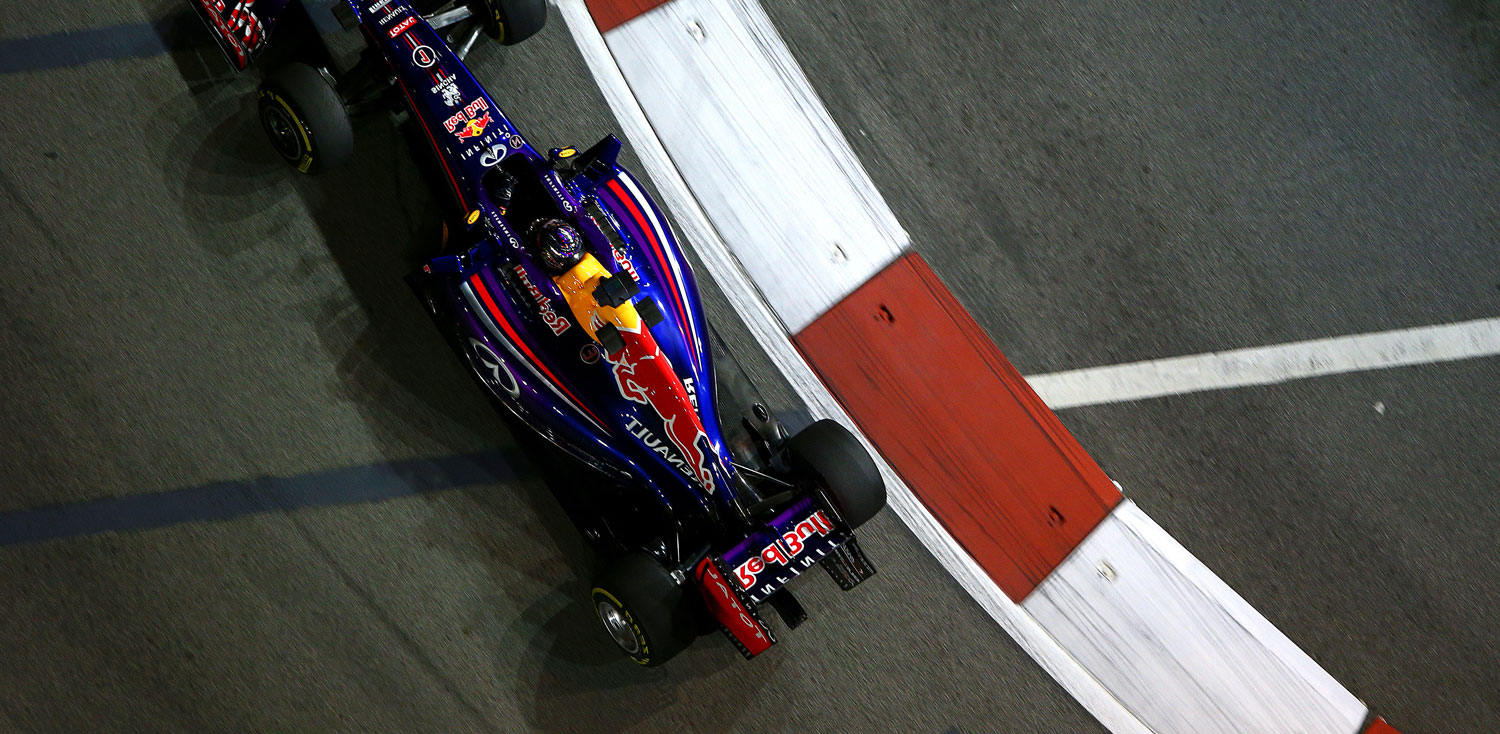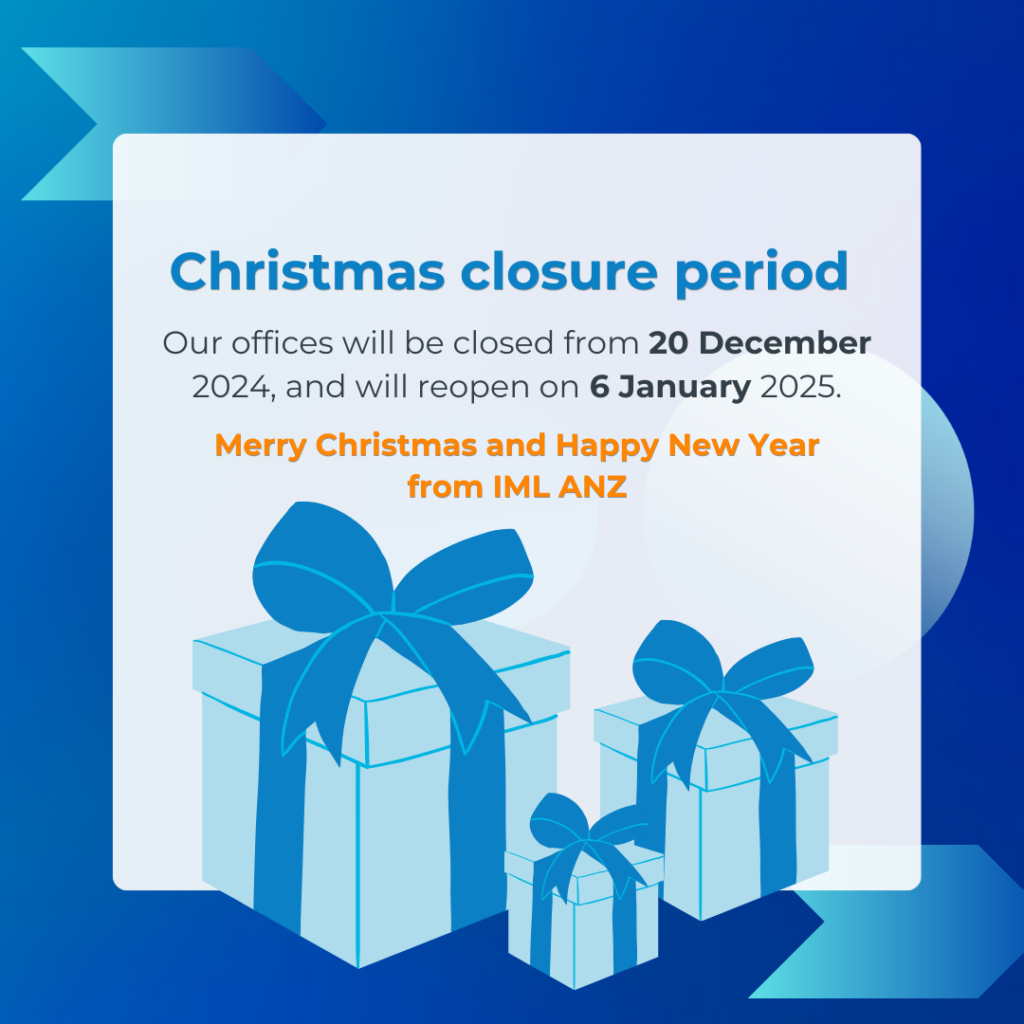CHRISTIAN HORNER 
Christian Horner is team principal of powerhouse Formula 1 (F1) team, Infiniti Red Bull Racing (IRBR), one of the wealthiest and most successful of the last decade, and it competes in a sport that generates more than US$1.5 billion ($1.95 billion) annually. IRBR has won 50 grands prix, four World Constructors’ Championships and its former star driver Sebastian Vettel (now at Ferrari) four World Drivers’ Championships.
Horner has an unusual job. He runs a company valued at more than half a billion dollars but which makes almost no profit. He has 600 employees at a high-tech British facility that uses space-age materials to build exotic products that are not for sale and will be used by only four people a year.
He oversees a technical partnership with a major automotive conglomerate, his key employees earn millions and he answers to the billionaire owner of one of the world’s most successful brands. And after only 10 years in the job he has an Order of the British Empire (OBE).
The rise of Infiniti Red Bull Racing
IRBR was created in 2004 out of the ashes of the unsuccessful Jaguar F1 team, which had been snapped up by Austrian Red Bull energy drink magnate Dietrich Mateschitz, who was looking to expand his interests in F1.
Mateschitz appointed Horner, then just 31 and an F1 rookie, to lead the team after he had previously proposed that Mateschitz buy the ailing Jordan team for him to manage. The ambitious Horner started as a driver then built up a strong team in the F1 feeder class F3000, coming to the attention of Mateschitz’s F1 adviser Dr Helmut Marko. He was not overawed at the prospect of presenting his plan to a billionaire.
“The worst they can say is no,” he smiles. “[They] all have the same emotions we have and just because they are in a high-powered position doesn’t make [them] any different and therefore, that was the philosophy I applied.”
F1 may be portrayed as a sport but behind its glamorous facade is a high-stakes, politics-ridden, cut-throat industry with few direct comparisons in the normal corporate world, as Horner explains.
“F1 is a business that is a sport for 20 weekends a year, for two hours on a Sunday afternoon,” he says. “But other than that, it is a competitive business [with] all the challenges of running a business that designs, manufactures, markets and supplies its components. It’s difficult to draw comparisons to F1 in many respects.
“There are very few businesses where you are judged every two weeks, publicly. You can make analogies to lots of different sectors – teamwork, planning, response times, proof of concept, etcetera – but it’s difficult to draw an analogy … between F1 and other businesses, it’s fairly unique.”
Inside the IRBR team
The race team has 22 different departments including technical offices housing aerodynamic performance, vehicle dynamics, computational fluid dynamics (CFD) and stress analysis experts; plus composites, suspension, hydraulics, transmissions and systems groups.
Then there is the model department which makes scale cars and parts for wind tunnel testing; the wind tunnel itself in which aerodynamic changes are tested at racing speeds, the gearbox dyno which submits transmissions to hours of simulated races; the manufacturing area which turns out super-light carbon-fibre parts and machines exquisite metal components; and the surgically clean race bays where cars are meticulously assembled.
And there is the Ops Room, where the race cars are monitored on computers in real time during grands prix, giving the team at the track extra eyes and brains to sort out any problems that may occur. And all these separate departments must coordinate seamlessly to get a competitive race car on the grid. The team’s Renault engines are supplied directly by Renault along with a squad of engineers to run them.
For the visitor, the team HQ is like NASA with wheels but Horner also sees it more prosaically. “We have a budget that we have to stick to. All the departments have to hit their targets and delivery times and it is a business at the end of the day and has to be managed properly,” he says.
Finding the right staff
For all its technology, though, F1 is about people and finding the right staff and managing them well is something Horner does skilfully. And that includes poaching the best designer in the business, Adrian Newey OBE, from McLaren in 2006 to be chief technical officer. Six drivers have won world championships in Newey’s cars.
“Thankfully Dietrich Mateschitz has given me the autonomy to run the team and he’s very much backed me and I’ve always applied the methodology of either back people or sack them, don’t be half-in,” Horner says.
If you believe in the people and they’re on the team you’ve got to give them full support, otherwise they shouldn’t be there.
“I watch and admire the way Dietrich runs the Red Bull business and I’ve tried to use that ethos within the company. [Both companies] share the same values and attributes and the same desire, so there are a great many crossovers between Red Bull the beverage business and Red Bull Racing.”
Finding a mentor
Horner says he doesn’t have any mentors but has learnt from business giants like Mateschitz and Bernie Ecclestone, the controversial billionaire former F1 team owner who created modern F1 in the 1970s by securing the commercial rights to F1 and increasing the wealth of teams (and himself) immeasurably over the years.
“I’ve always had a very strong and close relationship with Bernie and sought his advice on a few things and he’s always been very open with me,” Horner explains. “I learnt a lot from him but one of the key things with him is getting a group of people [together] that you believe in and trust and empowering them to get on with the job. I’m competitive; I’m quite a driven person. I like working in a team environment and getting the best out of people, I enjoy giving the right direction and leadership in order to get the best out of people.”
Horner always appears unflappable. No one gives anything away in F1; too many people are always listening. Team principals tend to speak in ‘code’ but once decoded, outwardly subtle comments often point to deeper problems. That said, these wily executives could give most politicians lessons in side-stepping questions, although Horner says another personal attribute is more helpful.
“Patience. You’ve got to try and separate your thinking and have clear thoughts and prioritise; prioritisation is a crucial element. I try and look at the issues in hand, focus on the things I can influence and not get sucked into the things that I can’t. There are a lot of vortexes going on, up and down the pit lane.”



